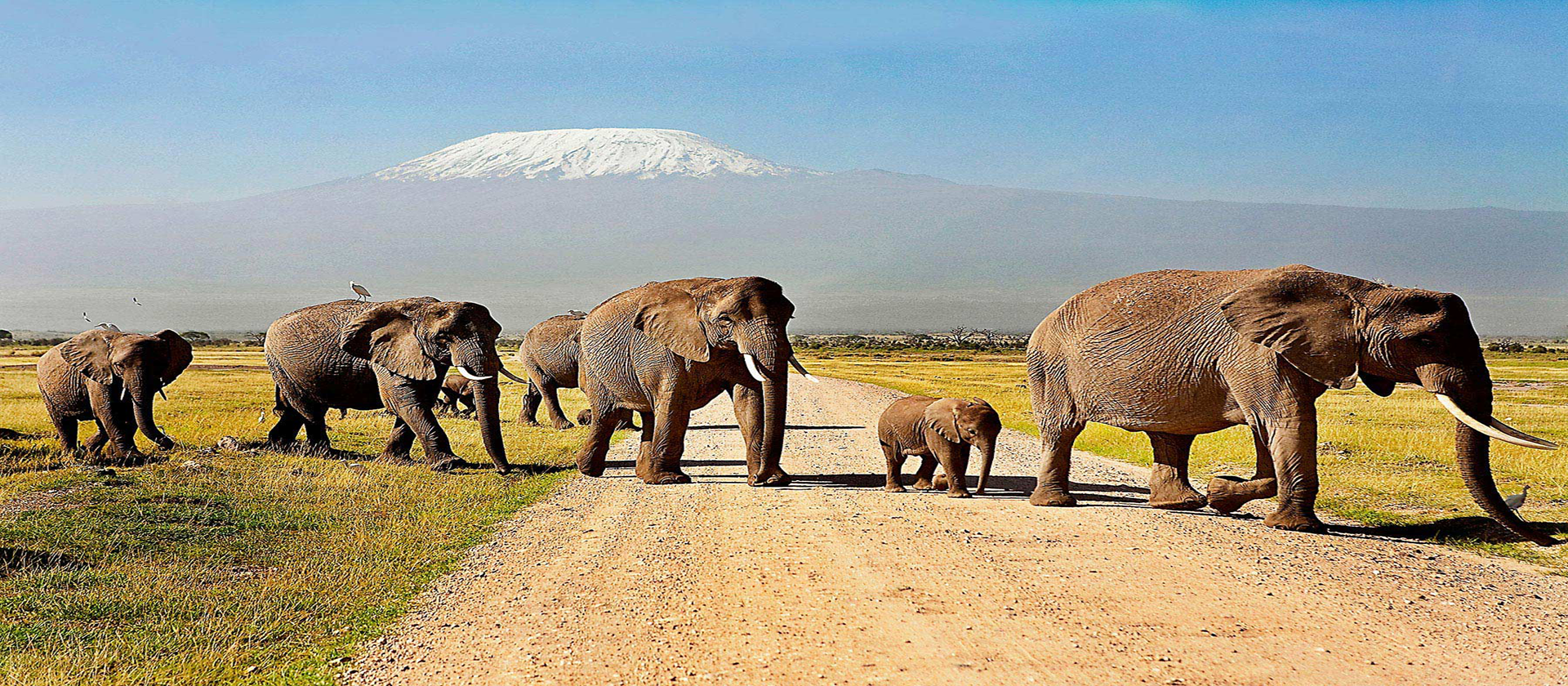Determining the best time to visit Tanzania depends on your specific interests and what you want to experience during your trip. Tanzania offers something unique throughout the year, so let’s explore the various seasons and their highlights to help you decide when to plan your visit:
1. Dry Season (June to October):
– This is considered the best time for wildlife safaris in Tanzania. The weather is dry and cooler, making it easier to spot animals as they gather around water sources.
– The Great Migration in the Serengeti typically occurs from June to September, a breathtaking natural spectacle.
– It’s also an excellent time for mountain trekking, especially on Mount Kilimanjaro and Mount Meru, as the trails are dry and offer clearer views.
2. Green Season (November to May):
– The green season is characterized by lush landscapes, as Tanzania experiences its long rains. While wildlife is still abundant, it’s not as concentrated as during the dry season.
– Birdwatchers will appreciate the influx of migratory birds, making this a fantastic time for ornithological enthusiasts.
– The lower number of tourists means more intimate wildlife encounters and lower accommodation costs, making it a budget-friendly option.
3. November and December:
– These months mark the short rains and the beginning of the green season. While there’s some rainfall, wildlife is still easily spotted, and the landscape is rejuvenated.
4. January and February:
– The green season continues with sporadic rains. It’s a wonderful time for birdwatching, and the calving season for wildebeests in the Serengeti begins, attracting predators.

5. March and April:
– The long rains occur during these months, leading to heavy rainfall and some lodge closures. However, the landscape is incredibly lush, and the birdlife is exceptional.
6. May:
– May marks the end of the long rains, and the landscape starts to dry up. The Great Migration begins moving northwards, offering opportunities to witness river crossings in the Western Serengeti.
7. June and July:
– The dry season begins, and wildlife congregates around water sources. The Great Migration moves towards the Grumeti River, known for dramatic river crossings.
– It’s an ideal time for trekking Mount Kilimanjaro, as the weather is clear and the trails are less muddy.
8. August and September:
– These months are the peak of the dry season and the Great Migration in the Northern Serengeti, especially around the Mara River. Wildlife viewing is exceptional.
9. October:
– While still part of the dry season, October can be a transitional month with sporadic rainfall. The Great Migration often returns to the Serengeti’s southern plains.
10. Overall Considerations:
– Keep in mind that the timing of the Great Migration can vary each year, so it’s essential to consult with local experts or tour operators for the latest updates.
– Coastal regions, including Zanzibar and the Tanzanian islands, have excellent beach weather from June to October, making it an ideal complement to a safari.
– The best time to visit Tanzania ultimately depends on your priorities, whether it’s wildlife viewing, birdwatching, budget considerations, or specific trekking goals. Consult with us to tailor your trip to your preferences.